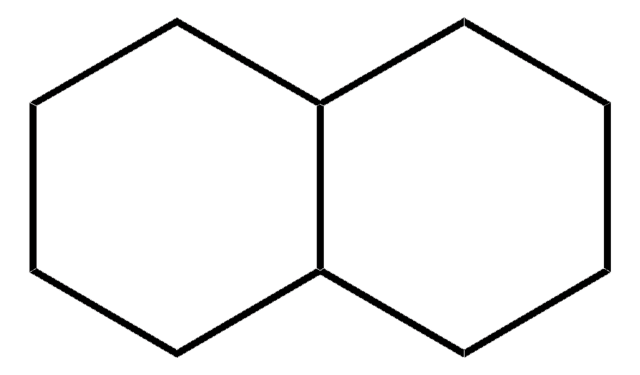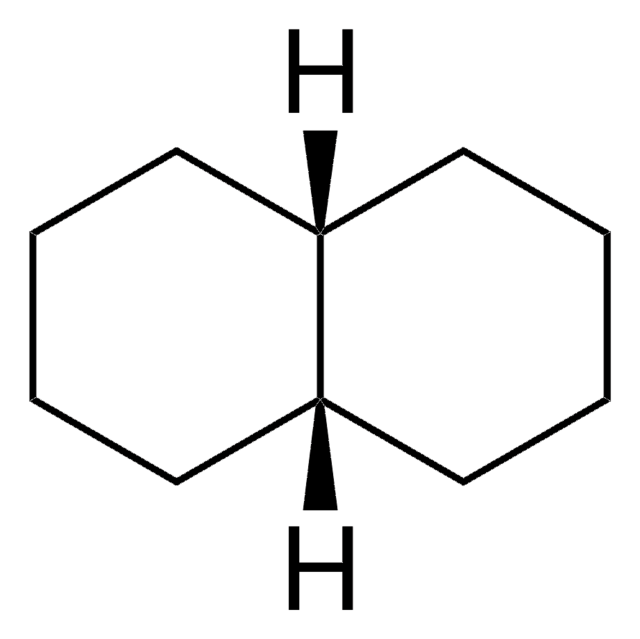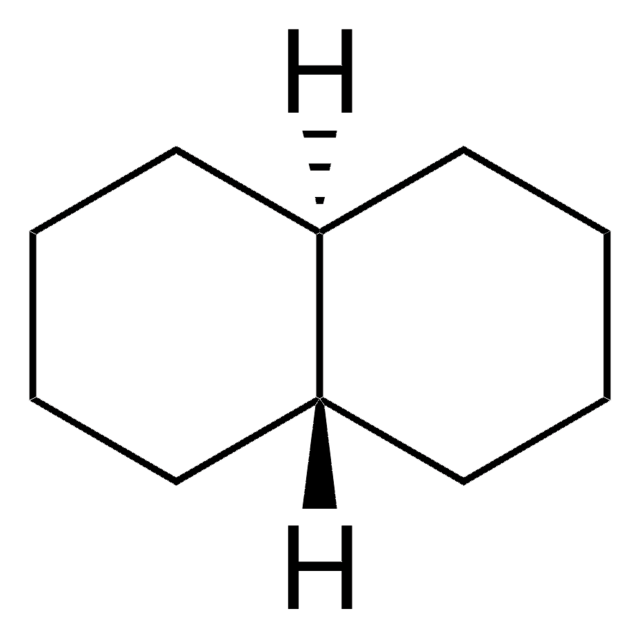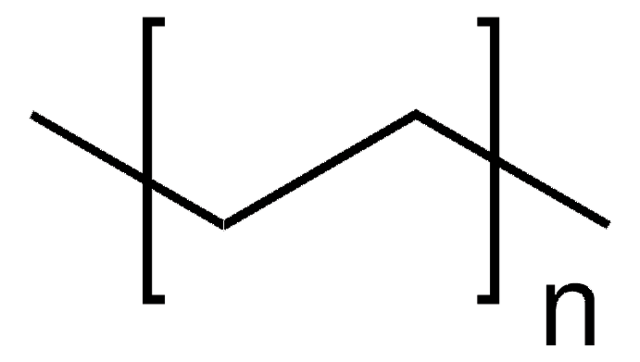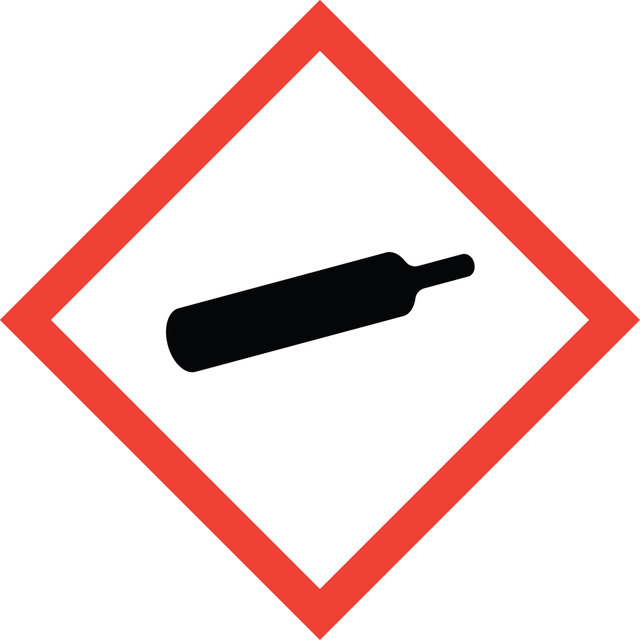All Photos(1)
Synonym(s):
Propene
Linear Formula:
CH3CH=CH2
CAS Number:
Molecular Weight:
42.08
Beilstein:
1696878
EC Number:
MDL number:
UNSPSC Code:
12142100
PubChem Substance ID:
NACRES:
NA.22
Recommended Products
vapor density
1.48 (vs air)
Quality Level
vapor pressure
15.4 atm ( 37.7 °C)
Assay
≥99%
autoignition temp.
860 °F
expl. lim.
11.1 %
bp
−47.7 °C (lit.)
mp
−185 °C (lit.)
SMILES string
CC=C
InChI
1S/C3H6/c1-3-2/h3H,1H2,2H3
InChI key
QQONPFPTGQHPMA-UHFFFAOYSA-N
Looking for similar products? Visit Product Comparison Guide
General description
Propylene is a nonpolar olefin. It is commonly used as a precursor for the synthesis of cumene, propylene oxide,acrylonitrile, and isopropanol. Selective oxidation of propylene in a gas containing oxygen and hydrogen over Au/TiO2 catalysts has been reported. Polymerization of propylene using Ziegler-Natta catalyst has been studied. Metal-catalyzed copolymerizations of nonpolar olefins (ethylene and propylene) with alkyl acrylates has been described. Copolymerization of propylene with the linear α-olefins 1-octene, 1-decene, 1-tetradecene, and 1-octadecene has been studied.
Application
Propylene may be used in the synthesis of propylene oxide via epoxidation with hydrogen peroxide, in the presence of titanium silicalite catalyst.
Packaging
Supplied in a Sure/Pac™ cylinder and has a brass needle valve with a male 1/4" NPTF outlet thread installed. Before using the cylinder, ensure that the valve is closed, then remove the galvanized steel hex cap that seals the outlet valve.
Compatible with the following:
Compatible with the following:
Legal Information
Aldrich is a registered trademark of Sigma-Aldrich Co. LLC
Sure/Pac is a trademark of Sigma-Aldrich Co. LLC
also commonly purchased with this product
Product No.
Description
Pricing
hose barb
Product No.
Description
Pricing
recommended
Product No.
Description
Pricing
regulator
Product No.
Description
Pricing
Signal Word
Danger
Hazard Statements
Precautionary Statements
Hazard Classifications
Flam. Gas 1 - Press. Gas Liquefied gas
WGK
WGK 3
Flash Point(F)
-162.4 °F
Flash Point(C)
-108 °C
Personal Protective Equipment
dust mask type N95 (US), Eyeshields, Gloves
Regulatory Information
监管及禁止进口产品
Certificates of Analysis (COA)
Search for Certificates of Analysis (COA) by entering the products Lot/Batch Number. Lot and Batch Numbers can be found on a product’s label following the words ‘Lot’ or ‘Batch’.
Already Own This Product?
Find documentation for the products that you have recently purchased in the Document Library.
Mallory L Hammock et al.
ACS nano, 6(4), 3100-3108 (2012-03-09)
The use of organic transistors as sensing platforms provides a number of distinct advantages over conventional detection technologies, including their tunability, portability, and ability to directly transduce binding events without tedious and expensive labeling procedures. However, detection efforts using organic
Fee Pitsch et al.
Advanced materials (Deerfield Beach, Fla.), 24(31), 4306-4310 (2012-06-22)
An adaptive self-healing ionic liquid nanocomposite membrane comprising a multi-layer support structure hosting the ionic salt [Ag](+) [Tf(2) N](-) is used for the separation of the olefin propylene and the paraffin propane. The ionic salt renders liquid like upon complexation
Stefan Wuttke et al.
Chemistry (Weinheim an der Bergstrasse, Germany), 18(38), 11959-11967 (2012-08-15)
A reducible MIL-100(Fe) metal-organic framework (MOF) was investigated for the separation of a propane/propene mixture. An operando methodology was applied (for the first time in the case of a MOF) in order to shed light on the separation mechanism. Breakthrough
Selective vapor-phase epoxidation of propylene over Au/TiO2 catalysts in the presence of oxygen and hydrogen.
Hayashi T, et al.
J. Catal., 178(2), 566-575 (1998)
Christian Schäfer et al.
Organic & biomolecular chemistry, 10(16), 3253-3257 (2012-03-13)
Intramolecular reductive coupling of cycloalkanones tethered to alkynoates in the presence of (η(2)-propene)titanium was successfully performed to provide hydroxy-esters in a diastereoselective manner. Subsequent lactonization afforded angularly fused unsaturated tricyclic lactones which represent relevant substructures of numerous bioactive compounds.
Our team of scientists has experience in all areas of research including Life Science, Material Science, Chemical Synthesis, Chromatography, Analytical and many others.
Contact Technical Service
